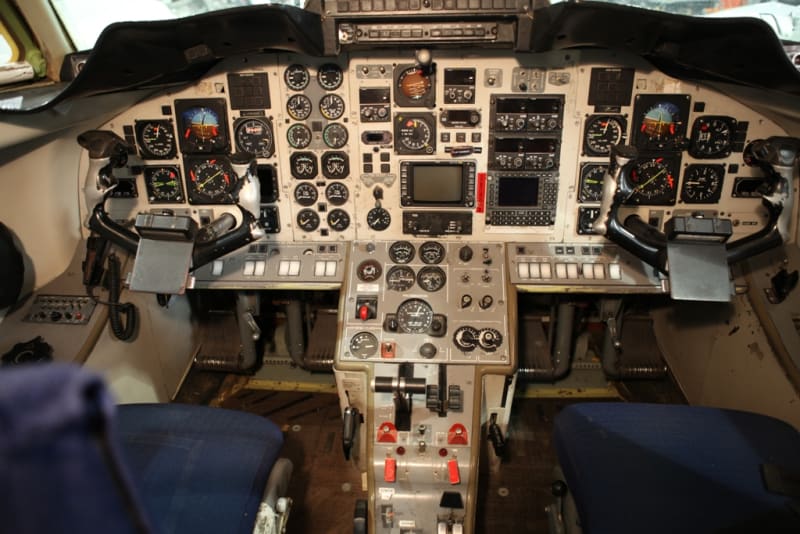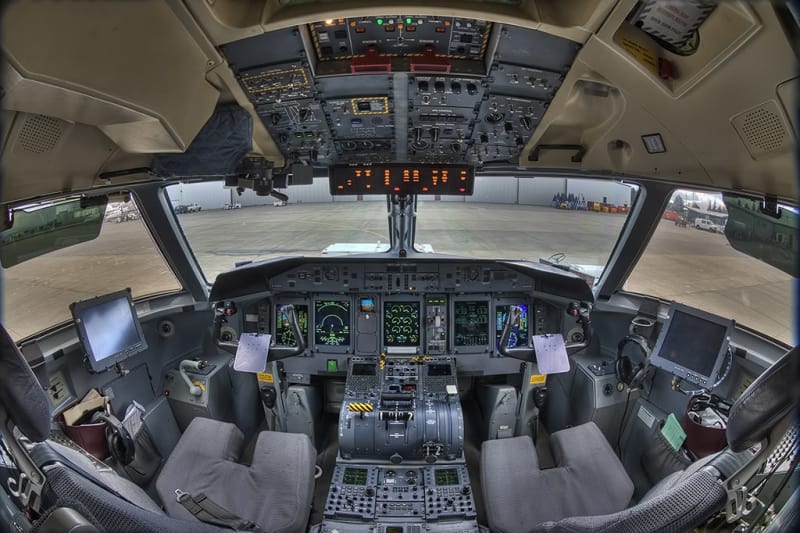Density tends to cancel itself out when the aircraft is in the air. And being in a moving mass of air is more a navigational issue than a flight performance issue until you get a sudden change in that movement which we term wind shear. Then the momentum of the aircraft comes into play and you can get suddenly relative drops or increases in airspeed. But steady state the aircraft doesn't know its in a moving mass of air.
Ground speed off the GPS is used on the flyby wire aircraft namely airbus but I have only ever flown one of them twice in the sim for an hour and haven't done the 5 weeks ground school conversion onto a airbus type so don't want to comment on how that works I just know on approach its involved somehow but quiet what it does I have no clue.
GPS quality is governed by a thing called RAIM the system automatically works out a quality factor and tells you when it drops below a certain value for a particular phase of flight or airspace. In the case of doing GPS approaches (RNP) we have indicators of what class of signal we are receiving and if its below whats mandated the box will refuse to give us the guidance to carry out the approach.
Now the thing that really kills lift is when the angle of attack of the aircraft exceeds the critical angle and the aircraft goes into a stall. There is a sudden drop in the coefficient of lift as the air flow breaks away from its lamina flow over the aerofoil and turbulent flow starts.
Now as such on civilian aircraft the only indication of angle of attack (AoA) is the attitude of the aircraft. The data is available because the stall protection system has usually 2 or more AoA vanes to get data from. And when it senses your near the limits it triggers various responses in the cockpit which are tactile(thing called a stick shaker) noise, and visual. If the AoA increases further it can then trigger a thing called stick push which applied nose down control input thus reducing the AoA.
Now what your actually doing in the cockpit when you fly a speed is set a AoA for what you want. For takeoff and landing its defined from the critical angle of attack and after departure you are setting the most efficient AoA from the lift drag curve. Its the same angle of attack its just the speed varies with weight. It is possible to have zero airspeed and not be at the critical angle of attack. But we don't do that sort of nonsense in transport aircraft.
No why do pilots fly airspeed not AoA…… historical and the whole training setup is geared towards nailing an airspeed.
I don't want to name my airline. The media dept does search the net for the airline name and its part of our contract that us pilots don't make statements on the company's behalf. Although nothing I have said is controversial they don't tell me how to fly a plane and I don't step on there toes.
Now I have to go throw an aircraft at the ground 4 times.
I will leave you with a training video which covers this subject.
This series of training lectures are extremely good. Note the date they were made. These issues have been current for years and years. They are long every year we have 5 days of similar ground school looking at accident causes so we can hopefully trap the errors before they occur. IN the sim which occurs every 6 months for 2 day we recreate situations to see how to deal with them.
please note my comments above are extremely simplistic from both a pilots point of view and engineering. To behonest I really don't have time to provide a more comprehensive reply.


